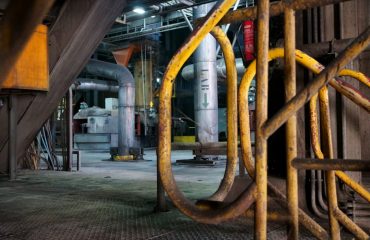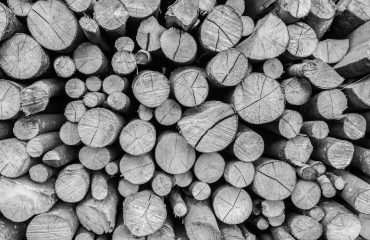Steel, a ubiquitous material in construction, manufacturing, and countless other industries, comes in various forms. Understanding the differences between raw and finished steel is crucial for selecting the appropriate material for a specific application. This comprehensive guide delves into the key distinctions, helping you make informed decisions.
1. Understanding the Raw Steel Production Process
Raw steel, also known as pig iron or molten steel, is the initial product of the steelmaking process. It’s produced in a blast furnace through the reduction of iron ore with coke and limestone. This process results in a molten metal containing high levels of carbon, impurities like silicon, manganese, phosphorus, and sulfur. Raw steel is far from ready for use in most applications. It’s extremely brittle and lacks the desired strength and workability. The high carbon content contributes to its hardness but also makes it difficult to shape and prone to cracking. Its composition is highly variable depending on the ore and the smelting process. Further refining is absolutely necessary before it can be used in construction or manufacturing.
2. The Transformation: From Raw Steel to Finished Steel
The journey from raw steel to finished steel involves several crucial steps, primarily focused on reducing impurities and adjusting the chemical composition. This refining process often involves techniques like basic oxygen furnace (BOF) or electric arc furnace (EAF) processes. These processes remove unwanted elements, lowering the carbon content and precisely controlling the alloying additions (chromium, nickel, molybdenum, etc.) to achieve specific mechanical properties. After refining, the steel is cast into various forms, such as slabs, blooms, or billets. These semi-finished products are then further processed into finished steel products.
3. Key Differences in Properties: Strength, Ductility, and Finish
The most significant difference between raw and finished steel lies in their properties. Raw steel, due to its high impurity content and high carbon content, is brittle and lacks the tensile strength and ductility necessary for most applications. Finished steel, on the other hand, exhibits significantly improved properties. The refining process enhances its strength, ductility (ability to deform without breaking), and toughness. The surface finish also differs dramatically. Raw steel has a rough, uneven surface, while finished steel can have a smooth, polished, or textured surface depending on the final processing steps.
4. Types of Finished Steel and Their Applications
Finished steel encompasses a wide range of products with diverse properties and applications. Some common types include:
- Hot-rolled steel: Rolled at high temperatures, it retains some surface imperfections but offers high strength and is cost-effective. Used in structural applications, pipes, and heavy machinery.
- Cold-rolled steel: Rolled at room temperature, it has a smoother, more precise surface finish and better dimensional accuracy. Ideal for automotive parts, appliances, and precision engineering.
- Galvanized steel: Coated with zinc for corrosion resistance, commonly used in roofing, fencing, and outdoor applications.
- Stainless steel: Contains chromium and other alloying elements for exceptional corrosion resistance and strength. Used in kitchen appliances, medical instruments, and architectural elements.
The choice of finished steel depends heavily on the specific requirements of the application, considering factors like strength, corrosion resistance, surface finish, and cost.
5. Cost Comparison: Raw Steel vs. Finished Steel
Raw steel is significantly cheaper than finished steel. This is because the cost of refining, processing, and finishing adds considerable expense. The price difference can be substantial, reflecting the added value of enhanced properties and improved surface quality. While raw steel’s low cost is attractive, the additional processing costs are necessary to achieve the desired properties and make it suitable for most applications. The total project cost should consider both the material cost and the processing costs required to achieve the desired final product.
In conclusion, understanding the differences between raw and finished steel is critical for any project involving steel. While raw steel serves as the foundation, it’s the refining and finishing processes that unlock its full potential, transforming it into the versatile and essential material we know today. Choosing the right type of finished steel ensures optimal performance, durability, and cost-effectiveness for your specific application.
SEO Tags:
- Raw Steel
- Finished Steel
- Steel Comparison
- Steel Properties
- Steel Applications




